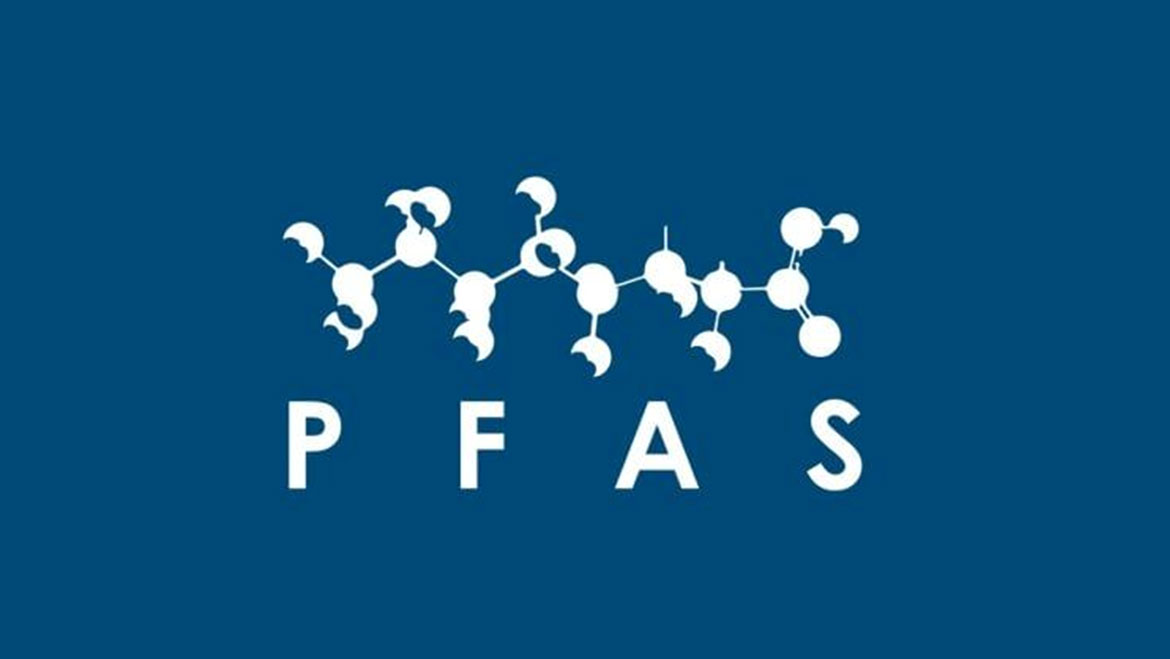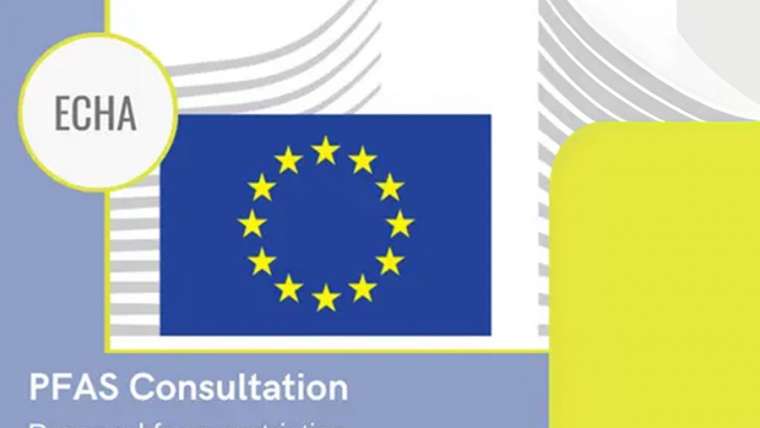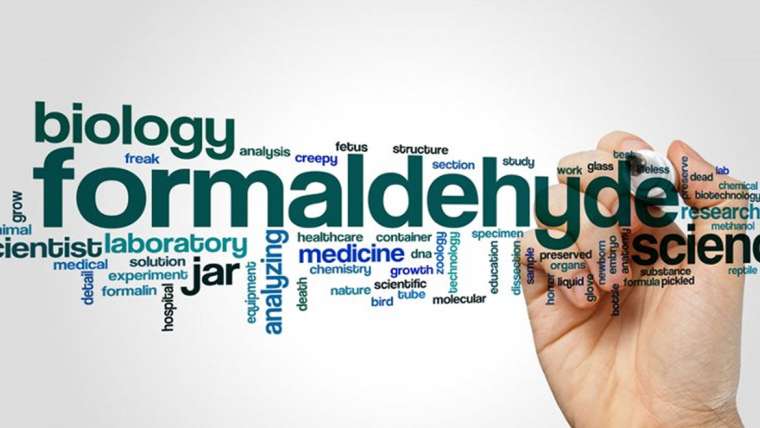PFHxA, a subgroup of per- and polyfluoroalkyl substances (PFAS), known to be very persistent and mobile, are widely used in many products, as paper and cardboard in contact with food, textiles for personal protective equipment, home textiles, fire-fighting foams, etc.
These short-chained substances (C6) are gradually substituting, or will substitute, long-chained substances (C8 – C14) that will be subjected to restrictions in the future (for example PFOA and PFCA).
Considering the risks related to PFAS, the European Commission is committed to their gradual elimination. EU will allow the use of these substances only where they are proven to be irreplaceable and essential to society.
The Committee for Socio-Economic Analysis (SEAC) has adopted its final opinion on Germany’s proposal of restriction for undecafluorohexanoic acid (PFHxA), its salts and related substances.
The Committee for Risk Assessment (RAC) expressed its opinion in June 2021. However, due to the changes proposed by RAC and the need to assess the numerous comments collected during the public consultation, three additional months had been made available to SEAC to reach a decision.
SEAC considers that a restriction of PFHxA is, in general, an appropriate measure to address the identified risks and to ensure a consistent level of protection for people and the environment across the EU. However, while SEAC concluded that a restriction on certain uses, especially for products intended for consumer use, was likely to be proportionate (e.g. textiles in consumer apparel, paper and cardboard in food contact materials and cosmetic products), uncertainties in the available information prevented SEAC from concluding that the proposed restriction, as a whole, was the most appropriate means to address the identified risk.
Peter Van der Zandt, ECHA’s Director for Risk Management says: “The whole PFAS group has been a growing concern for quite a while now. In the EU, we have already restricted certain groups of them and some are banned globally. Next year, we are expecting the restriction proposals for PFAS in fire-fighting foams as well as the broad proposal tackling the whole PFAS class, over 4 000 chemicals, being prepared by five countries. Assessing big groups of chemicals with many uses and with substantial stakeholder input is challenging for our committees, but they have shown an ability to adapt their ways of working. This is good for the future, as more and more restriction proposals will address groups of substances.”
During the meeting, SEAC has adopted its opinions related to restriction, authorization and harmonised classification and labelling proposals. More information can be found at this link.



